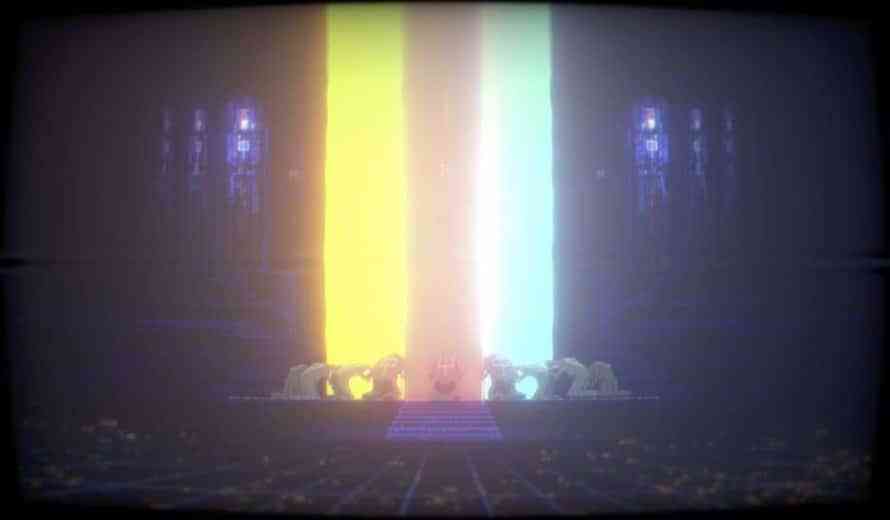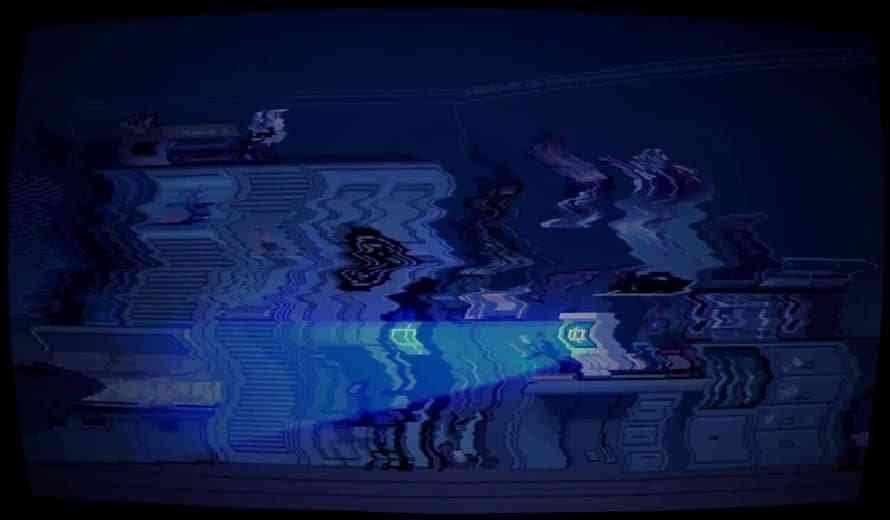Narita Boy Review
The developers behind Narita Boy – Studio Koba – have made it their mission to create “unique and bizarre” games. And it’s tough to argue that Narita Boy isn’t exactly that. Sure, it might not be breaking any new ground in the action-adventure genre. But it also doesn’t need to. Narita Boy soars thanks to a blistering soundtrack and 80s pixel art-style visuals that scratch an itch I didn’t know I had. There were hiccups along the way, yes, but nothing that genuinely detracted from my time in the Digital Kingdom.
Narita Boy is a labor of love for Studio Koba. It’s a love that permeates every scene and enemy, every attack and line of dialogue. It’s a beautiful game – the hand-drawn art style never failing to impress. There may have been moments that I found the background tough to distinguish from what I needed to jump on to, but all in all, that’s a small gripe with an otherwise gorgeous aesthetic.
Equally as impressive is the audio that Studio Koba drummed up to accompany Narita Boy as he slashes his way through the world. It combines all the right parts of new-age techno with old-school, 8-bit nostalgia. This is coming from a guy that hasn’t listened to a techno song since elementary school. It’s rare that I find myself seeking game soundtracks to listen to on Spotify, but here we are. And I’d be remiss if I didn’t mention the absolutely stellar menu and credit themes. The only issue with having two songs stand far and away above the rest is that I was inevitably left wanting more – undoubtedly a good problem to have.
A Blast From the Past
Does any of that really matter if Narita Boy plays poorly, though? Thankfully, it doesn’t. Combat is slick, responsive, and engaging without ever feeling too challenging. There were instances when I felt as if things became too easy, but generally, a nice balance is struck between the two ends of the difficulty spectrum. And I do have to admit that it wasn’t until I acquired a couple of upgrades that I found the action to be as entertaining as I do now. Often this is the case with Metroidvania-style games, and Narita Boy is no exception. However, the flip side to this is that if your gameplay isn’t going to be completely appealing in the first hour or two, you’d better have a damn fine story as the backdrop.

Narita Boy tries its best to draw emotion from the player. Through a series of memories that divulge your creator’s past, you’ll learn of the hardships he faced throughout his life. These moments end up being the catalyst for everything you’ll encounter, whether that be the environments or combat situations. Memories are well done and invoke a sense of authentic melancholy, but much of the fluff surrounding them can be a bit tiresome. There’s a surprising amount of dialogue ready to be discovered; though, it can be overly complicated and laced with so much sci-fi jargon that you’ll need to re-read conversations to grasp your circumstances. At its core is a simple tale – a hero must defeat evil to save a kingdom – but the journey’s message can become muddled in self-indulgent writing.
If there was anything else to hinder my experience with Narita Boy, it was a few minor performance concerns. For the most part, Narita Boy runs and plays flawlessly. But there were three crashes and an infinite loading screen peppered throughout the campaign that nagged me like a fly in the room. Whether this is a matter of the Nintendo Switch’s hardware or simply a design blemish, I’m unsure. And there were a handful of times that the framerate dragged its feet. Overall, though, Narita Boy was clearly crafted by masters of their class, and a quick patch or two would certainly iron these minor wrinkles out.

Until Next Time…
I had a blast with Narita Boy. It’s not perfect, but what is? Indeed, it started slowly, though, it doesn’t take long before you’re capable of exhilarating feats. And the ending is brilliant, paving the way for a sequel that will seemingly be an entirely different genre. Whatever that may be, I’ll be there, at the front of the line. It’s up to you to save the world. So get to it.
***A Nintendo Switch code was provided by the publisher***
The Good
- Exciting Upgrades
- Excellent Music
- Brilliant Visuals
The Bad
- Crashes
- Missions Can Feel Repetitive
- No Map

